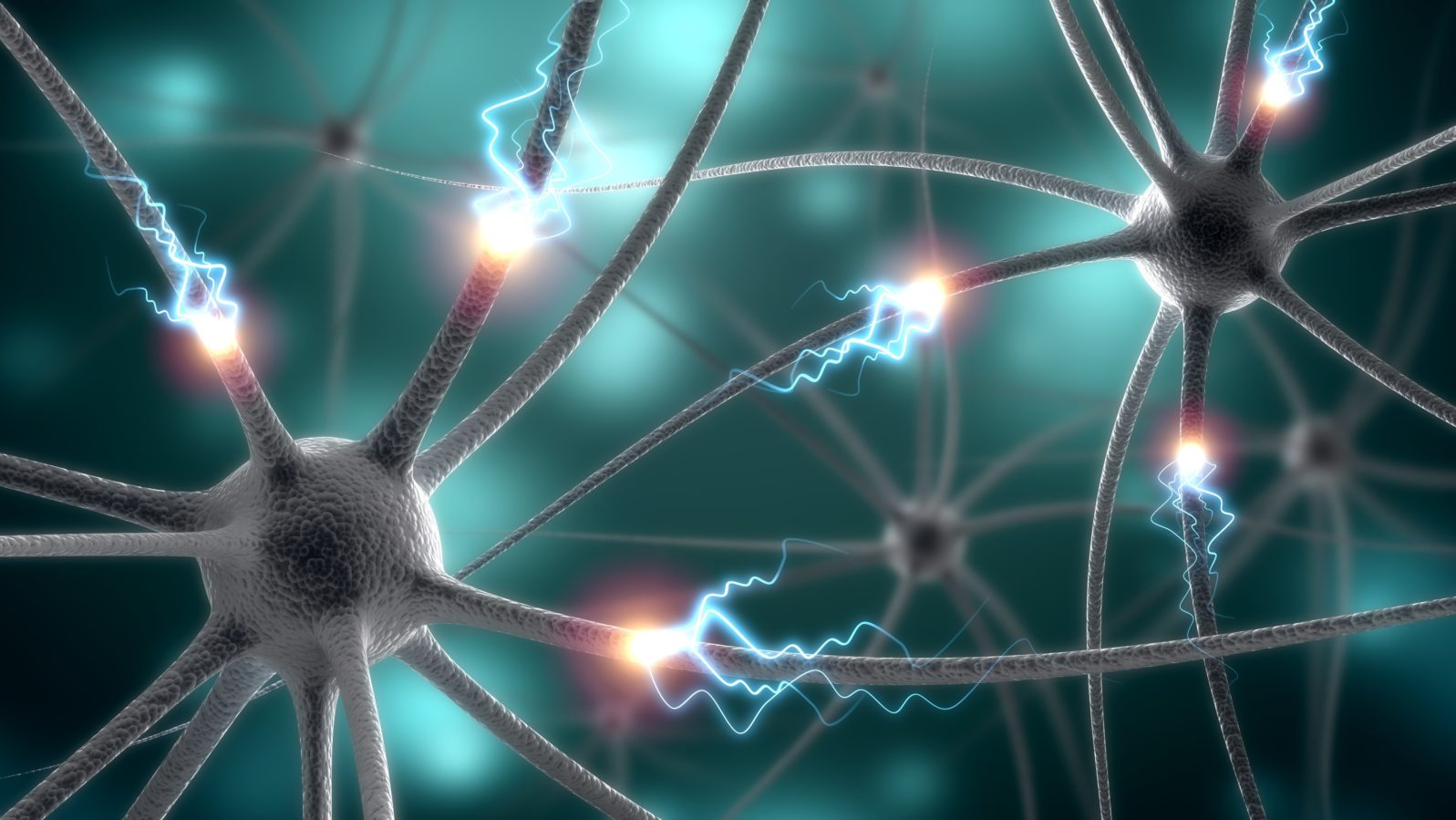The Human Brain Has Neural Networks Not Found in Lab Mice
They are complex special networks whose purpose is silencing other neuronsAssuming that human brains and lab mouse brains work roughly the same is fine for many purposes. Even though the human brain has a thousand times more neurons, it must does many of the same basic things for the body as a mouse brain. But studying mouse brains won’t tell us what human brains do besides that.
Moritz Helmstaedter of the Max Planck Institute for Brain Research in Frankfurt, asks a telling question: “So, is it primarily the fact that our brains are 1,000-fold larger, house 1000-fold more nerve cells that allows us to play chess and write children’s books, which mice arguably cannot do?”
In a just-published study that he led, the researchers examined human tissue removed by neurosurgeons during operations. Studying it, they discover neuron networks (connectomes) unknown in mouse brains:
Helmstaedter and his team have discovered that human cortical networks have evolved a novel neuronal network type that is essentially absent in mice. This neuronal network relies on abundant connections between inhibitory interneurons… “This suggests to us an almost ten-fold expansion of an interneuron-to-interneuron network,” says Sahil Loomba, one of the studies’ lead authors.
Max-Planck-Gesellschaft, “Silence for thought: Special interneuron networks in the human brain” at ScienceDaily (June 23, 2022) The paper requires a fee or subscription.
The interesting part is that this network exists mainly in order to silence other neurons:
”Interneurons make about a fourth to a third of cortical nerve cells that behave in a very peculiar way: they are highly active, however, not to activate other neurons, rather to silence them. Just like kindergarten caretakers, or guards in the museum: their very laborious and highly energy consuming activity is to keep others peaceful, quiet,” explains Helmstaedter. “Now imagine a room full of museum guards, all mutually silencing each other. This is what the human brain has developed!”
Max-Planck-Gesellschaft, “Silence for thought: Special interneuron networks in the human brain” at ScienceDaily (June 23, 2022) The paper requires a fee or subscription.
Researchers theorize that these networks of silencers may expand the working memory of the human brain, making it easier for us to address more complex tasks. They hope their find might help shed light on neuropsychiatric disorders. Maybe some neurons are not being silenced that should be?
Here’s a visualization of the interneuron network studied:
There is a lot to study in the human brain. It is the most complex thing that we know of in the universe yet it has shrunk over the last 40,000 years, which have seen many technical advances. Its structure is similar to that of the universe. We will probably be studying it for a while.
You may also wish to read:
Another new communications network discovered in the human brain. Our brains are smarter than we thought. Oscillations of over 100 Hertz synchronize across several brain regions. That may help us understand brain diseases better.
and
“What neuroscientists now know about how memories are born and die” Where, exactly are our memories? Are modern media destroying them? Could we erase them if we wanted to?
